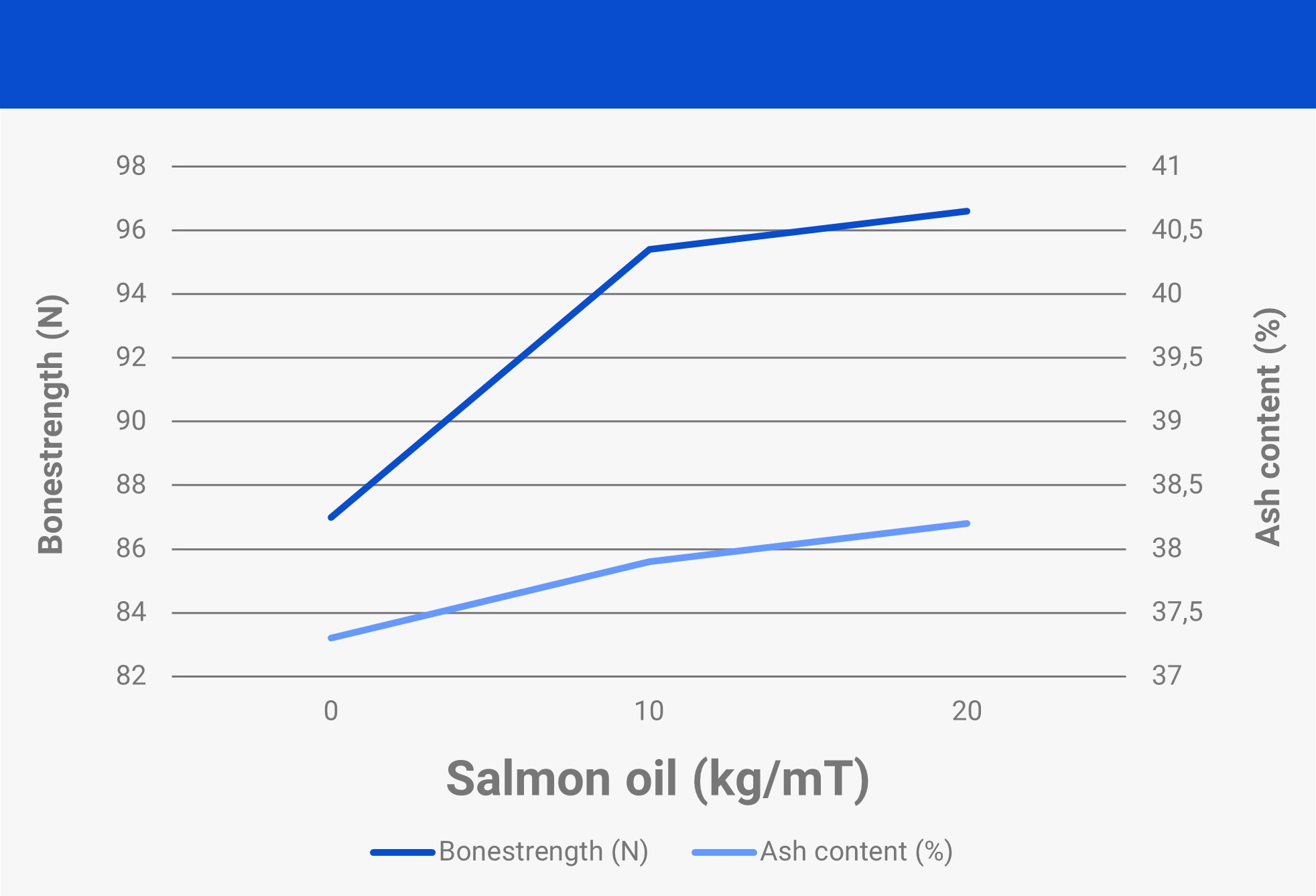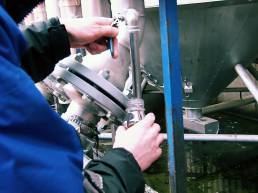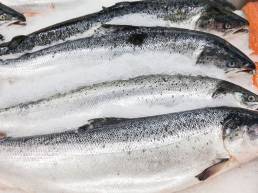Leg disorders form a major problem for the broiler chicken industry. Although recent genetic, nutritional and management measures have improved the situation, there is still room for further improvement. Leg disorders can be caused by a number of different factors: from specific disorders associated with tibial dyschondroplasia to non-specific disruption of longitudinal growth. Severe leg disorders seriously affect the movement of chickens, resulting in death by starvation and dehydration. Furthermore, it has been proven that even mild disorders can cause discomfort or pain. Recent research has shown that bone disorders can be induced at a young age and physiological studies show the importance of early nutrition for the development of the chick.
Polyunsaturated fatty acids (PUFAs) of the omega-6 and omega-3 series are precursors for the production of prostaglandins, which regulate various physiological processes. They influence many metabolic processes, including bone formation and bone development. Research has proven that prostaglandins derived from omega-6 fatty acids, particularly PGE2, have an inhibitory effect on bone development, while prostaglandins from omega-3 fatty acids have a stimulatory effect on the osteoblast function and bone formation (Chang et al., 1998). Broiler chicken feed, and starter feed in particular, is usually rich in omega-6 fatty acids. A better omega-3/ omega-6 ratio in the feed will thus contribute to better bone development of poultry. A recent trial by the Roslin Institute in Stirling has revealed that replacing corn oil with salmon oil in the feed of broiler chicks up to 14 days will improve their bone characteristics, see figure 1.

Figure 1. The bonestrength of broiler chicks with various levels of salmon oil
You may also like
Salmon oil for horses?
August 15, 2019
A common phrase is; ‘Horses are herbivores, why should we feed them salmon oil?’. E.F.S. believes this is mainly due to unfamiliarity in the horse farming sector. From a scientific point of view there are no impediments…
Salmon oil and the facts
January 11, 2019
You may have heard or read this through advertising channels: `Are plants the new cows?’. This widely used slogan by a major consumer goods supplier from the Benelux responds to the current trend of eating more plant…
Salmon oil: vegetarian salmon and alternatives
May 19, 2017
Salmon oil is a widely used oil of which 99% is derived from farmed salmon. Its omega-3 fatty acids have positive health effects. Most of the retail business, with the exception of a few suppliers, only has access to…
Salmon oil: pricing and EPA/DHA content
July 12, 2016
In this newsletter we would like to provide some insight as to how pricing works. Firstly, the purchase cost of salmon oil depends on the fish quota and the market situation; it also fluctuates with world market prices.…
Salmon oil and facts
March 1, 2016
Even as early as the 1920s it was already known that certain fatty acids are essential to the good health and growth of animals. Later research showed that one of these essential fatty acids is omega-3.
The plain naked truth on salmon oil
October 6, 2012
There are many stories circulating in the market about salmon oil. In order to bring some clarity to this matter, we focus on the facts pertaining to salmon oil in this article. This applies to all fresh salmon oil.









